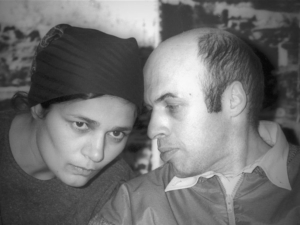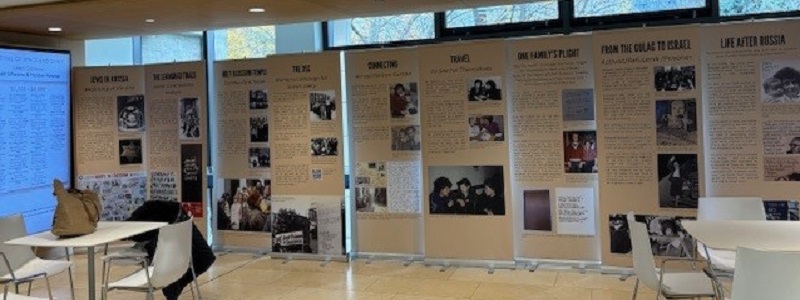How the Soviet Jewry Movement Can Inspire Today’s Activism
By Judy Winberg
The 1960s, 70s and 80s gave rise to an international campaign that led to the eventual release of 2.75 million Soviet Jews who were trapped behind the Iron Curtain.
A Soviet Jewry retrospective, launched at Holy Blossom Temple on Monday, October 28, 2024, includes the personal archives of congregant Wendy Eisen, a former Soviet Jewry activist and author of Count Us In — The Struggle to Free Soviet Jews.
The professionally curated exhibition is presently displayed in the Schwartz/Reisman Atrium. It begins with the history of the Jews in Russia at the turn of the 20th century and traces the Jewish cry for freedom during the oppressive Soviet regime. The exhibition highlights the plight of leading Refuseniks and Prisoners, whose only crime was their desire to emigrate to Israel.
Holy Blossom Temple was at the forefront of Canada’s role in this remarkable advocacy movement. The Soviet Jewry committee educated our congregation about the pivotal issue on the global Jewish agenda and provided a lifeline to twelve Refusenik families over a ten-year period.
The Soviet Jewry movement is a story of resilience, creativity and resolve. It is a prime example of how grassroots advocacy can influence change, serving as a model for today’s efforts in combatting Antisemitism.
The exhibition will be on display at Holy Blossom Temple until the end of 2024 when it will travel to other local venues and cities across Canada.

February 1986: After spending nine years as a Prisoner in the Soviet Gulag, Natan Sharansky is reunited with his wife, Avital, in Israel.





